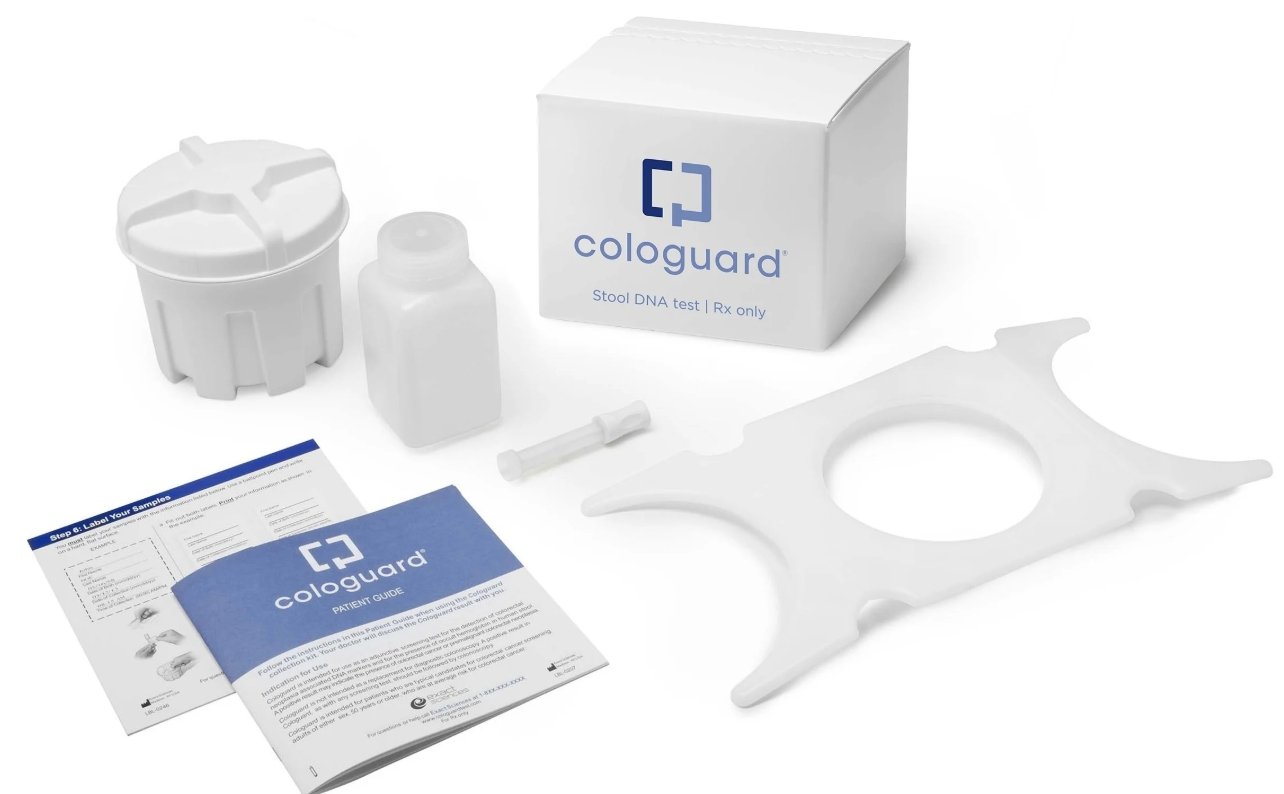
For the second consecutive year, ZEISS, a leading international technology company in optics and optoelectronics, hosted the ZEISS Innovation Summit 2.0 in mid-June in Singapore, reinforcing its status as a vision expert locally and globally. The event gathered over 200 optometrists and ophthalmology experts from around Southeast Asia. Experts delved into the latest vision care innovations and technologies, as well as the challenges the industry faces, pledging for the continued improvement of eye care and treatment regimens in the region.
A major concern raised was the increasing prevalence of pediatric myopia in Singapore, which is expected to negatively impact the country’s economy by reducing the population’s productivity and increasing healthcare expenditures. However, the primary causes of this prevalence are largely related to an indoor based lifestyle and a lack of awareness concerning Myopia Management (MM).
Biospectrum Asia spoke to experts at the ZEISS Innovation Summit 2.0 to unpack the complexities of vision care and discuss the latest technological advancements that could streamline treatments and provide consumers with a more seamless vision care retail experience.
Christoph Wenzel: Myopia as an epidemic in the APAC region is a pressing issue that requires urgent intervention. As a scientific and research-based company, ZEISS has a major role to play in addressing this epidemic with our diverse optometric solutions. Our R&D efforts are largely focused on accelerating the development of vision care treatments and solutions.
In the APAC region, there is a strong community of ophthalmologists and optometrists working together to uplift the overall standard of vision care. This focus remains consistent, whether they are from private corporations or government entities. The eye care professionals (ECP) community always strives to provide the best possible service to consumers.
Prof. Padmaja Sankaridurg: At the moment, there are several treatment options that can be used to slow down the impact of myopia, and one of the best ways is by encouraging the wearing of spectacle lenses. While contact lenses and atropine drops have been equally efficient in treating the symptoms of myopia, they are not advisable for pediatric myopia.
Lee Kang Lian: Singapore is often referred to as the myopia capital of the world due to its high prevalence of myopia, affecting approximately 80% of Singaporean adults. The majority of this 80% of are highly myopic, where they require vision correction that is stronger than minus six (-6).
Many parents still assume that myopia is a normal condition that only requires the wearing of glasses to correct their child’s vision. However, there are larger issues to be addressed regarding myopia management. Most parents do not know that myopia can be slowed down or properly managed during childhood or the teenage years. When we are able to slow down short sightedness, we reduce the chances of these children developing other eye problems in old age, such as myopia maculopathy, or retinal detachment.
Under the Singapore Health Promotion Board, there is an initiative called the National Myopia Prevention Program that screens children's vision. Those who fail the vision test are typically referred for further eye testing and vision correction. Together with ZEISS, perhaps we will be able to provide more solutions to slow down short sightedness in the future — not only correcting blurry vision, but slowing down the progression of short sightedness.
Christoph Wenzel: For over 175 years, we have extensively researched and developed what we believe are the best possible optical devices and lenses. As we move forward, we aim to continue assisting eye care professionals in providing the best possible services for their patients. Essentially, we see ourselves as the partners of eye care professionals, where we provide them with the best products and services for vision care to enable them to take care of their patients.
The APAC region is extremely important to us as it represents a growing industry. Pediatric myopia concerns are also considerably higher in Asian children, compared to the rest of the world, due to lifestyle differences and increased educational pressures. In light of this, ZEISS works towards synergistically developing solutions to resolve every facet of vision care.
As the APAC market continues to grow rapidly, we see ourselves having a real impact on the region by helping to increase eye health awareness and educating the public about good vision care. We look forward to aiding optometrists in the region in fulfilling their healthcare mission for years to come.
Lee Kang Lian: ZEISS is a global leader in optical solutions, specializing in the precision manufacturing of lenses and eye care products that are curated for vision treatments. The ZEISS line offers lenses that are designed to meet the needs of wearers of all, providing holistic solutions for everyone.
ZEISS is also committed research and development. The ZEISS Innovation Summit 2.0 has gathered eye care practitioners and optometrists from Thailand, the Philippines, and several other countries in the region to learn about the latest clinical trial discoveries and trends. This allows practitioners from different regions to stay updated on the newest innovations and developments in vision care.
Padmaja Sankaridurg: As part of our vision care approach, ZEISS has four business units that are independent of each other. Medical technology and vision care as part of the consumer markets are two of the segments.
For manufacturers to be able to produce vision care solutions with extreme precision, ZEISS develops medical technology solutions that range from laser vision surgery that aid in cataract operations, to our prime focus on lens care solutions including spectacle lenses for correction of refractive errors. Our aim is to be a powerhouse of precision and optics across all areas of our business.
Christoph Wenzel: ZEISS develops advanced Vision Technological Solutions that reduce the duration of diagnostic and eye examinations by precisely measuring individual patient details for faster diagnosis and prescriptions. The ergonomic designs of the equipment also keep patients comfortable during examinations that might require more time. Overall, results are obtained more accurately and quickly, with minimal discomfort to the patients.
ZEISS also offers comprehensive eye care solutions for accurately detecting the medical condition of a patient. Precise measurement of an eye health allows eye care professionals to assign the most suitable lenses with corrective refractive indices to each patient, ensuring optimal outcomes.
Beyond our Vision Technological solutions, our forward-thinking approach to consumer experiences has led us to develop a comprehensive system called ‘My Vision Experience’ to help consumers choose the most appropriate spectacles.
‘My Vision Experience’ begins with understanding the patient’s daily routines. Then, a detailed map of the patient’s eyes is generated to understand their vision needs, followed by an eye health check that ensures the patient’s eyes are in top health so they can an informed decision concerning their vision care.
ZEISS’ technologies are also able to scan the face of a patient, create a virtual avatar, and recommend spectacles that match their vision needs, head shape, hair colour, skin tone and frame preferences. The eye care professionals will also adjust the glasses to the patient, which is crucial for clear and comfortable vision.
By providing each patient with a realistic, personalized experience before making an informed decision on their vision care, we have created a consumer experience that is unique, futuristic and advanced in today’s vision care field.
Prof. Padmaja Sankaridurg: The burden of myopia is quite significant. Worldwide, the loss of productivity due to myopia was estimated at $250 billion for just 2015 alone. The impact of myopia is multifold, it causes vision impairment when untreated, and it can also adversely affect the quality of life and the individual's productivity. There are significant costs to the individual and the society due to myopia and associated complications. Our goal is to reduce that burden, and we also want to improve quality of life and get individuals to avoid wearing glasses that have increasingly higher prescriptions.
Eye care professionals are highly interested in the myopia space at the moment, and we believe that soon, there's going to be a positive change in the standard of care in terms of what you do can for a myopic child. We are very much focused on slowing myopia progression.
Prof. Padmaja Sankaridurg: Around 20 years ago, we began looking into myopia and noticed that its prevalence was increasing, particularly in the Asia Pacific region. This growing prevalence is evident globally, but more so in Asia than in Europe or other regions. Ironically, myopia cases are increasing as society becomes more educated and shifts to a more indoor-based lifestyle. This is definitely a serious concern for future generations.
As we age, the cornea stretches, making vision correction more challenging. Therefore, we need to take preventative measures to avoid developing vision complications as we grow older. Corneal dystrophies, or weak spots in the cornea, further add to the complications, as this makes vision correction more complex. Our efforts focus on minimizing all these risks and tackling myopia at a young age.
Our understanding is that we can slow the progression of myopia. However, we need to learn more about lifestyle trends, and better educate the population on rising myopia concerns of myopia and its management.
Initially, myopia trends appeared more prevalent in cities and among higher socioeconomic classes, but we now see a clear correlation between education and myopia prevalence. In other words, if we continue on the same path as we are now, by the year 2050, nearly half of the world's population will be myopic. Our analysis, based on data from various countries from 2000 to 2015, found that around 30% of the world's population was found to be myopic in 2015. Singapore, Taiwan, Korea are current hotspots for myopia, with other developing countries rapidly joining the race. If this trend persists, half the world's population will be myopic very soon, and 10% will have high myopia.
There are many unsolved challenges in myopia management, and we emphasize the need for educating the population as the primary solution, along with lifestyle changes before myopia reaches the stage where it’ll be hard to reverse.
A holistic approach suggests that children spending more time outdoors may be less likely to develop myopia as they grow older, because myopia usually occurs in young children. For instance, primary school children in Australia are encouraged to spend time outdoors instead of at home working on assignments. This has directly contributed to delaying the onset of myopia, with most cases occurring in children 12 years and older. This contrasts with other Asian countries where myopia prevalence begins at a much younger age – around five years old – due to an extended indoor lifestyle.
Aside from lifestyle adaptation, we are also striving to establish effective treatment regimens, including early detection, efficient management, and curtailing further progression of myopia at an early age. It is crucial for eye care professionals around the world to continue to collaborate, innovate and develop new technologies and solutions to tackle the growing problem of myopia.




